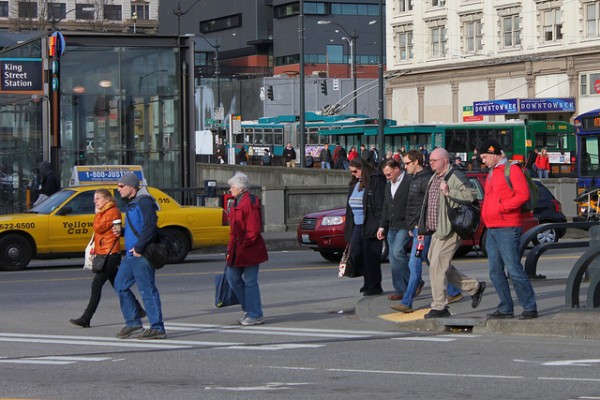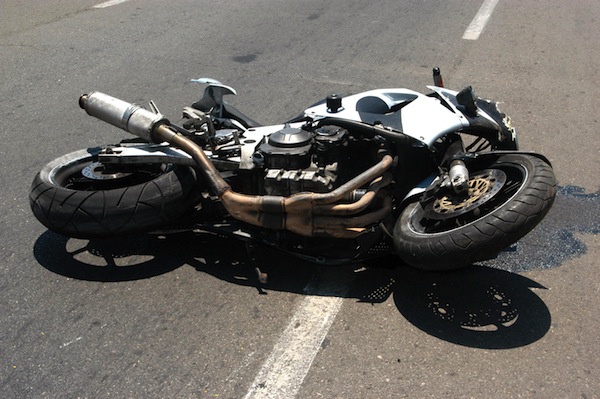
When you cross the street, walk to and from your office on your lunch break, or traverse Seattle’s sidewalks as you enjoy a night out on the town, just how safe are you? Whether or not you follow pedestrian traffic laws such as crossing at crosswalks instead of ‘jaywalking’, pedestrians are at risk for all kinds of injury and even death – just by walking down the street.
Luckily, ours is one of the safest national cities for pedestrians. Earlier this year, the Seattle Times reported on a study that found, “Among large U.S. cities, Seattle has the second-lowest fatality rate for pedestrians and cyclists, according to a new report … Seattle came away with the second-lowest fatality rate for pedestrians.” (Click here for a map of collisions involving pedestrians and/or bicyclists from 2007-August 2014.)
However, walkers still need to practice caution while they go about their travels throughout the city – particularly if they are elderly, as a 2011 local Crosscut article noted. More than half of the 62 traffic fatalities from 2008-2010 involved pedestrians, and the average age of the 25 pedestrian fatalities was 64.
As the numbers of people biking and/or walking to work only increase, there is more risk for personal injury and fatality. But there are ways that pedestrians in particular can improve on the safety of their commute. Here are some tips for avoiding pedestrian accidents in Seattle…
- Follow pedestrian traffic laws. Many walkers know that vehicles and even cyclists must always yield to pedestrians. While this is certainly true, that doesn’t make it safe to assume or trust that drivers and cyclists will – or can – do so. Don’t cross the street where there is not a marked crosswalk or pedestrian crossing sign. Even then, look both ways and wait for drivers and cyclists to come to a complete stop before crossing in front of them.
- Walk with others. Research has shown that accidents and fatalities resulting from pedestrian-car accidents are reduced in areas where there are more people walking. As you commute, choose routes with higher pedestrian traffic.
- Be noticeable and alert. When walking at night, wear reflective and bright clothing, and if you can, carry a flashlight. Do not walk and talk on the phone or text-message – especially when crossing the street. Stay alert and take note of vehicles that seem to be speeding, allowing them to pass or stop before you cross the street in front of them.
If you or someone you love is a pedestrian involved in an accident with a car or bicyclist, please contact our offices to acquire the guidance and expertise to seek justice.
Featured photo source: Flickr.

